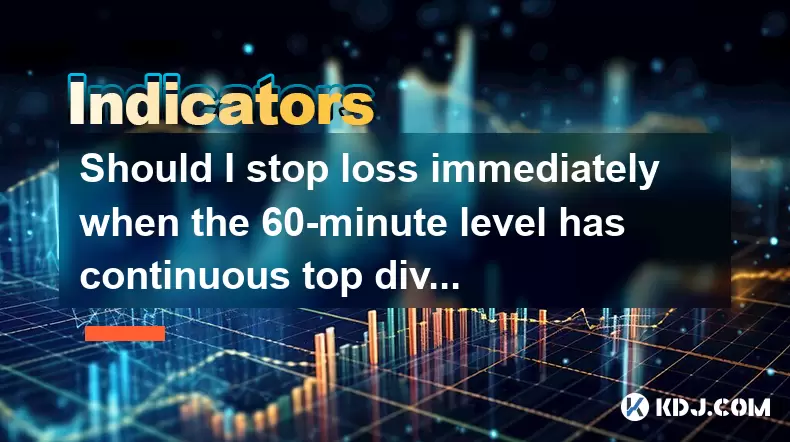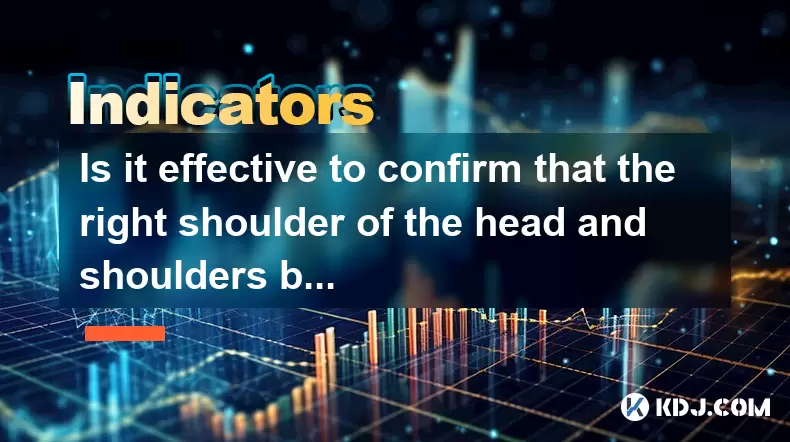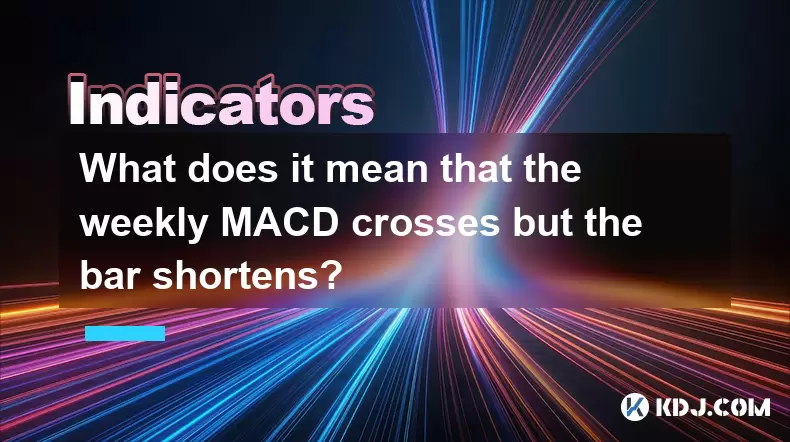-
 Bitcoin
Bitcoin $106,754.6083
1.33% -
 Ethereum
Ethereum $2,625.8249
3.80% -
 Tether USDt
Tether USDt $1.0001
-0.03% -
 XRP
XRP $2.1891
1.67% -
 BNB
BNB $654.5220
0.66% -
 Solana
Solana $156.9428
7.28% -
 USDC
USDC $0.9998
0.00% -
 Dogecoin
Dogecoin $0.1780
1.14% -
 TRON
TRON $0.2706
-0.16% -
 Cardano
Cardano $0.6470
2.77% -
 Hyperliquid
Hyperliquid $44.6467
10.24% -
 Sui
Sui $3.1128
3.86% -
 Bitcoin Cash
Bitcoin Cash $455.7646
3.00% -
 Chainlink
Chainlink $13.6858
4.08% -
 UNUS SED LEO
UNUS SED LEO $9.2682
0.21% -
 Avalanche
Avalanche $19.7433
3.79% -
 Stellar
Stellar $0.2616
1.64% -
 Toncoin
Toncoin $3.0222
2.19% -
 Shiba Inu
Shiba Inu $0.0...01220
1.49% -
 Hedera
Hedera $0.1580
2.75% -
 Litecoin
Litecoin $87.4964
2.29% -
 Polkadot
Polkadot $3.8958
3.05% -
 Ethena USDe
Ethena USDe $1.0000
-0.04% -
 Monero
Monero $317.2263
0.26% -
 Bitget Token
Bitget Token $4.5985
1.68% -
 Dai
Dai $0.9999
0.00% -
 Pepe
Pepe $0.0...01140
2.44% -
 Uniswap
Uniswap $7.6065
5.29% -
 Pi
Pi $0.6042
-2.00% -
 Aave
Aave $289.6343
6.02%
Should I stop loss immediately when the 60-minute level has continuous top divergence?
Continuous top divergence on the 60-minute chart signals weakening momentum, but traders shouldn't rush to stop loss—confirmation from volume, candlestick patterns, or moving averages can improve decision accuracy.
Jun 17, 2025 at 05:28 pm

Understanding Top Divergence in the 60-Minute Chart
In cryptocurrency trading, top divergence refers to a technical signal where the price of an asset makes higher highs while the indicator (often RSI or MACD) makes lower lows. This is commonly interpreted as a sign of weakening momentum and potential reversal. When this occurs on the 60-minute chart, it can be especially significant for intraday traders and swing traders who rely on short-to-medium-term signals.
A continuous top divergence implies that this pattern repeats over multiple candlesticks, suggesting persistent selling pressure despite rising prices. It's crucial to understand that divergence alone doesn't guarantee a reversal—it merely indicates a possible shift in market sentiment. Traders must evaluate other factors such as volume, support/resistance levels, and broader market conditions before making decisions.
Why Immediate Stop Loss May Not Always Be Necessary
When faced with continuous top divergence on the 60-minute chart, many novice traders might feel compelled to immediately stop loss their positions. However, this isn't always the optimal strategy. Cryptocurrency markets are known for their volatility, and false signals are common.
Instead of acting impulsively, traders should consider whether the divergence has been confirmed by other indicators or patterns. For example, if the MACD line crosses below the signal line after the divergence forms, or if there’s a bearish candlestick pattern like a shooting star or evening star, then the probability of a reversal increases.
Another key factor is support zones. If the price is still above a major support level, stopping out immediately could mean exiting prematurely. A better approach may involve adjusting stop-loss placement closer to recent swing highs rather than exiting entirely.
Evaluating Risk Management Strategies
Risk management plays a critical role in deciding whether to stop loss during top divergence. One effective method is trailing stops. Instead of manually setting a fixed stop-loss point, a trailing stop adjusts dynamically based on price movement. This allows traders to lock in profits while giving the trade room to breathe.
Another technique involves partial profit-taking. If a trader observes strong divergence but isn’t fully convinced of an immediate reversal, they might sell a portion of their position—say, 30% to 50%—and leave the rest open. This reduces exposure while maintaining upside potential.
It’s also important to assess position sizing. If a trader is heavily exposed to a single trade, even a small correction can cause significant losses. In such cases, tightening the stop-loss or reducing position size may be more prudent than completely exiting.
Technical Confirmation Tools to Enhance Decision-Making
To make informed decisions during top divergence scenarios, traders should incorporate additional tools:
- Use volume analysis: A spike in volume accompanying divergence can confirm the strength of the signal.
- Apply moving averages: If the price crosses below a key moving average like the 50-period EMA, it can serve as confirmation.
- Monitor Fibonacci retracement levels: If divergence occurs near a major Fibonacci resistance level, the likelihood of a pullback increases.
- Check order flow: Analyzing limit orders and buy/sell walls on order books can provide insights into institutional or whale activity.
- Consider multi-timeframe analysis: Looking at both the 1-hour and 4-hour charts can offer a clearer picture of trend strength and potential reversals.
These tools help filter out noise and increase confidence in decision-making. They allow traders to distinguish between genuine reversals and temporary pullbacks.
Psychological Factors Influencing Stop-Loss Decisions
Emotional discipline is often overlooked in trading. Fear of loss can lead to premature exits, while greed may result in holding onto losing positions too long. Recognizing cognitive biases such as loss aversion and confirmation bias is essential when dealing with divergence signals.
Traders should develop a clear trading plan that outlines specific conditions for entering and exiting trades. This includes predefined rules for handling divergence situations. Sticking to the plan helps avoid emotional interference.
Journaling trades can also be beneficial. By documenting every trade and the rationale behind it, traders can review past behavior and identify areas for improvement. Over time, this leads to more consistent and rational decision-making.
- Keep a detailed trading journal to track how you respond to divergence events.
- Backtest your strategy using historical data to see how it performs under similar conditions.
- Practice patience—don’t force trades just because a signal appears.
Frequently Asked Questions
Q: What is the difference between regular divergence and hidden divergence?
Regular divergence typically signals a potential reversal, while hidden divergence suggests continuation of the current trend. Hidden divergence occurs when price makes a higher low (in an uptrend) but the oscillator makes a lower low, indicating underlying strength.
Q: Can I use divergence on other timeframes besides the 60-minute chart?
Yes, divergence can be applied across various timeframes including 15-minute, daily, or weekly charts. However, the reliability of the signal increases with higher timeframes due to reduced noise and greater participation from institutional players.
Q: How accurate is divergence in predicting market reversals in crypto?
Divergence is not 100% accurate and should never be used in isolation. It works best when combined with other technical indicators and price action analysis. In highly volatile crypto markets, false divergences are common, so confirmation is crucial.
Q: Is divergence more reliable in trending or ranging markets?
Divergence tends to be more reliable in trending markets where momentum shifts are clearer. In ranging markets, oscillators like RSI can remain overbought or oversold for extended periods, leading to misleading signals.
Disclaimer:info@kdj.com
The information provided is not trading advice. kdj.com does not assume any responsibility for any investments made based on the information provided in this article. Cryptocurrencies are highly volatile and it is highly recommended that you invest with caution after thorough research!
If you believe that the content used on this website infringes your copyright, please contact us immediately (info@kdj.com) and we will delete it promptly.
- 2025-W Uncirculated American Gold Eagle and Dr. Vera Rubin Quarter Mark New Products
- 2025-06-13 06:25:13
- Ruvi AI (RVU) Leverages Blockchain and Artificial Intelligence to Disrupt Marketing, Entertainment, and Finance
- 2025-06-13 07:05:12
- H100 Group AB Raises 101 Million SEK (Approximately $10.6 Million) to Bolster Bitcoin Reserves
- 2025-06-13 06:25:13
- Galaxy Digital CEO Mike Novogratz Says Bitcoin Will Replace Gold and Go to $1,000,000
- 2025-06-13 06:45:13
- Trust Wallet Token (TWT) Price Drops 5.7% as RWA Integration Plans Ignite Excitement
- 2025-06-13 06:45:13
- Ethereum (ETH) Is in the Second Phase of a Three-Stage Market Cycle
- 2025-06-13 07:25:13
Related knowledge

How to interpret the low opening the next day after the long lower shadow hits the bottom?
Jun 18,2025 at 12:22am
Understanding the Long Lower Shadow Candlestick PatternIn technical analysis, a long lower shadow candlestick is often seen as a potential reversal signal in a downtrend. This pattern occurs when the price opens, trades significantly lower during the session, but then recovers to close near the opening price or slightly above. The long wick at the botto...

How to operate the RSI indicator repeatedly in the 40-60 range?
Jun 18,2025 at 12:56am
Understanding the RSI Indicator and Its RelevanceThe Relative Strength Index (RSI) is a momentum oscillator widely used in cryptocurrency trading to measure the speed and change of price movements. Typically, the RSI ranges from 0 to 100, with levels above 70 considered overbought and below 30 considered oversold. However, when the RSI repeatedly stays ...

How strong is the MACD golden cross below the zero axis?
Jun 17,2025 at 11:00pm
Understanding the MACD Indicator in Cryptocurrency TradingThe Moving Average Convergence Divergence (MACD) is one of the most widely used technical indicators among cryptocurrency traders. It helps identify potential trend reversals, momentum shifts, and entry or exit points. The MACD consists of three main components: the MACD line, the signal line, an...

How effective is the golden cross of the William indicator double line in the oversold area?
Jun 17,2025 at 11:56pm
Understanding the William Indicator and Its Double Line SetupThe William %R (Williams Percent Range) is a momentum oscillator used to identify overbought or oversold conditions in a market. It ranges from 0 to -100, with readings above -20 considered overbought and below -80 deemed oversold. The double line setup refers to plotting two different timefra...

Is it effective to confirm that the right shoulder of the head and shoulders bottom volume at the 30-minute level is enlarged?
Jun 17,2025 at 11:42pm
Understanding the Head and Shoulders Pattern in Cryptocurrency TradingThe head and shoulders pattern is one of the most recognized reversal patterns in technical analysis, especially within cryptocurrency trading. It typically signals a potential shift from a bullish trend to a bearish one. This pattern consists of three peaks: the left shoulder, the he...

What does it mean that the weekly MACD crosses but the bar shortens?
Jun 18,2025 at 01:07am
Understanding the MACD IndicatorThe Moving Average Convergence Divergence (MACD) is a popular technical analysis tool used in cryptocurrency trading to identify potential trend reversals and momentum shifts. It consists of three main components: the MACD line, the signal line, and the histogram (also known as the bar). The MACD line is calculated by sub...

How to interpret the low opening the next day after the long lower shadow hits the bottom?
Jun 18,2025 at 12:22am
Understanding the Long Lower Shadow Candlestick PatternIn technical analysis, a long lower shadow candlestick is often seen as a potential reversal signal in a downtrend. This pattern occurs when the price opens, trades significantly lower during the session, but then recovers to close near the opening price or slightly above. The long wick at the botto...

How to operate the RSI indicator repeatedly in the 40-60 range?
Jun 18,2025 at 12:56am
Understanding the RSI Indicator and Its RelevanceThe Relative Strength Index (RSI) is a momentum oscillator widely used in cryptocurrency trading to measure the speed and change of price movements. Typically, the RSI ranges from 0 to 100, with levels above 70 considered overbought and below 30 considered oversold. However, when the RSI repeatedly stays ...

How strong is the MACD golden cross below the zero axis?
Jun 17,2025 at 11:00pm
Understanding the MACD Indicator in Cryptocurrency TradingThe Moving Average Convergence Divergence (MACD) is one of the most widely used technical indicators among cryptocurrency traders. It helps identify potential trend reversals, momentum shifts, and entry or exit points. The MACD consists of three main components: the MACD line, the signal line, an...

How effective is the golden cross of the William indicator double line in the oversold area?
Jun 17,2025 at 11:56pm
Understanding the William Indicator and Its Double Line SetupThe William %R (Williams Percent Range) is a momentum oscillator used to identify overbought or oversold conditions in a market. It ranges from 0 to -100, with readings above -20 considered overbought and below -80 deemed oversold. The double line setup refers to plotting two different timefra...

Is it effective to confirm that the right shoulder of the head and shoulders bottom volume at the 30-minute level is enlarged?
Jun 17,2025 at 11:42pm
Understanding the Head and Shoulders Pattern in Cryptocurrency TradingThe head and shoulders pattern is one of the most recognized reversal patterns in technical analysis, especially within cryptocurrency trading. It typically signals a potential shift from a bullish trend to a bearish one. This pattern consists of three peaks: the left shoulder, the he...

What does it mean that the weekly MACD crosses but the bar shortens?
Jun 18,2025 at 01:07am
Understanding the MACD IndicatorThe Moving Average Convergence Divergence (MACD) is a popular technical analysis tool used in cryptocurrency trading to identify potential trend reversals and momentum shifts. It consists of three main components: the MACD line, the signal line, and the histogram (also known as the bar). The MACD line is calculated by sub...
See all articles

























































































